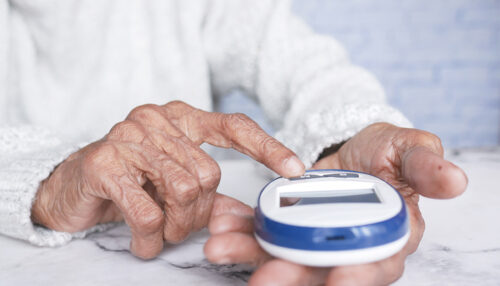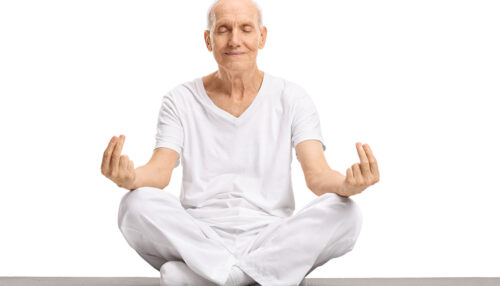
The vibrations that surround us can be detected using sensitive skin mechanoreceptors. Strong vibrations can be harmful, but milder can have a positive effect on health, although the extent of this effect is still controversial. Whole-body vibration (WBV) can be provided, for example, by vibration platforms, used both in animal and human research. The presented […]









